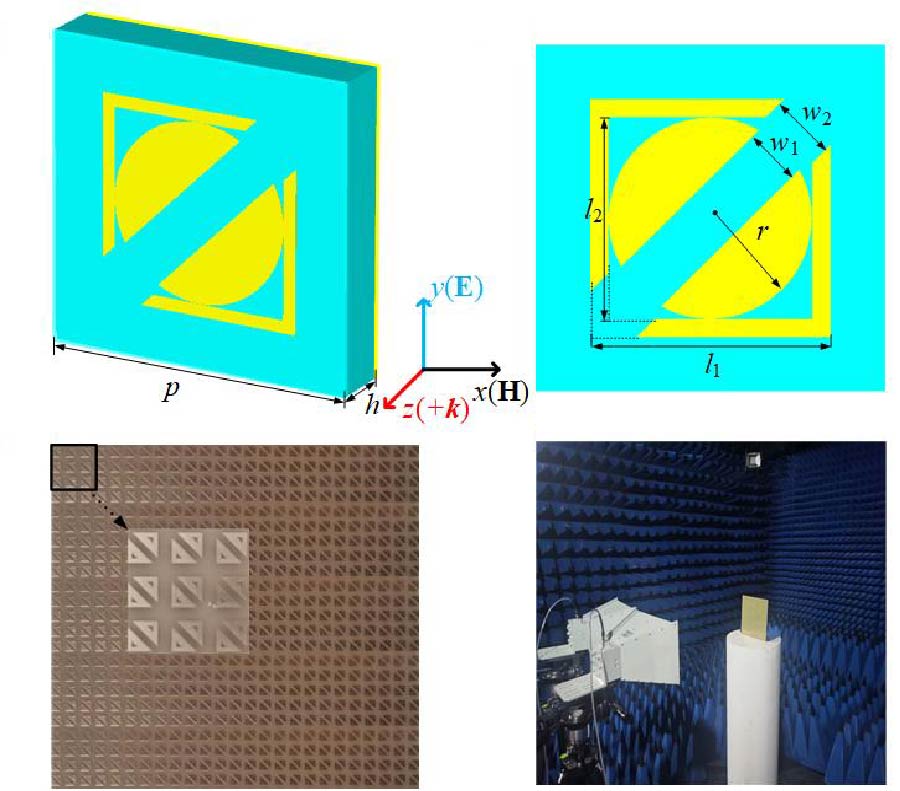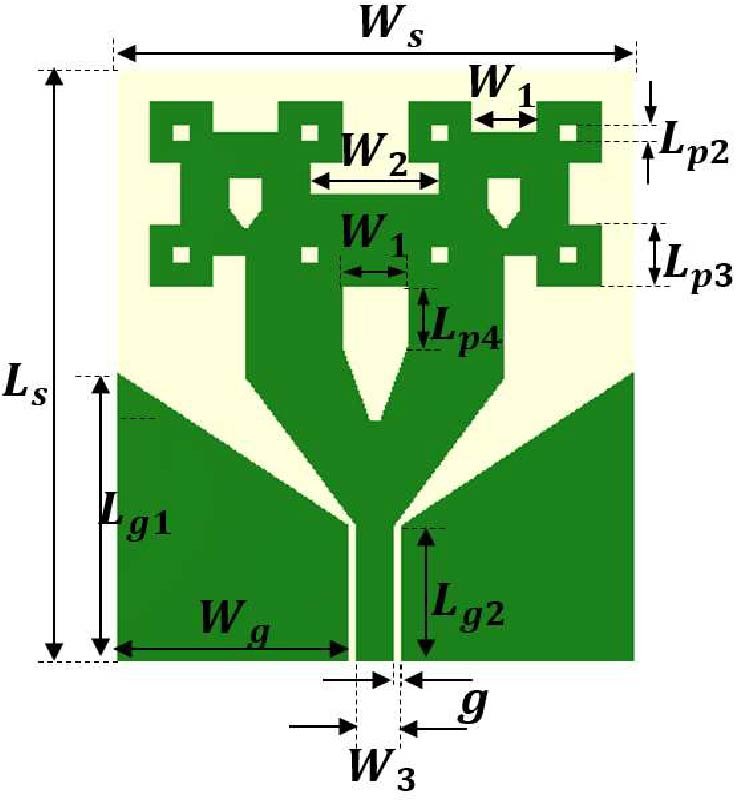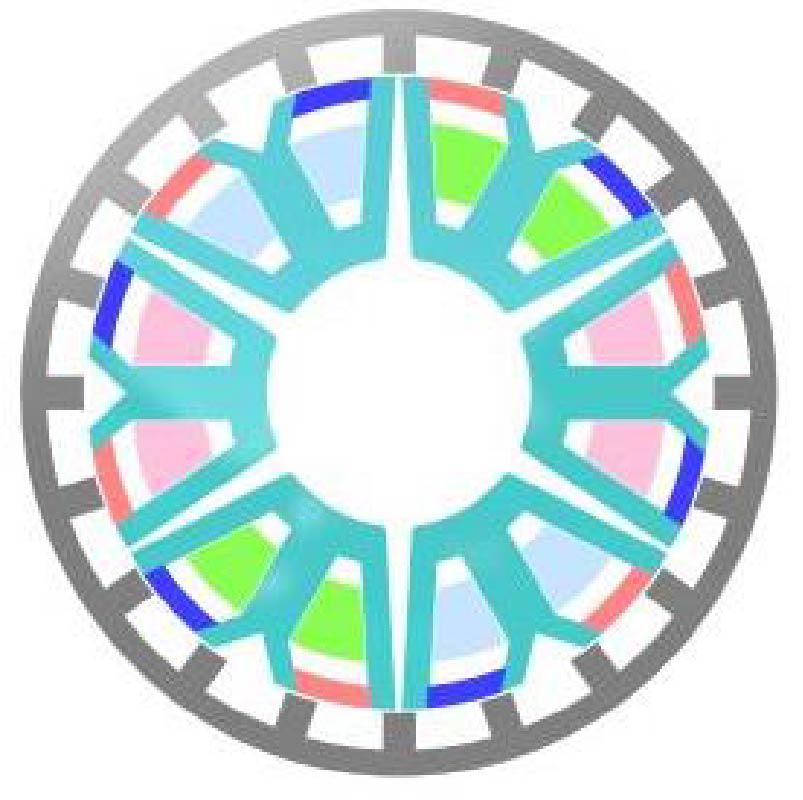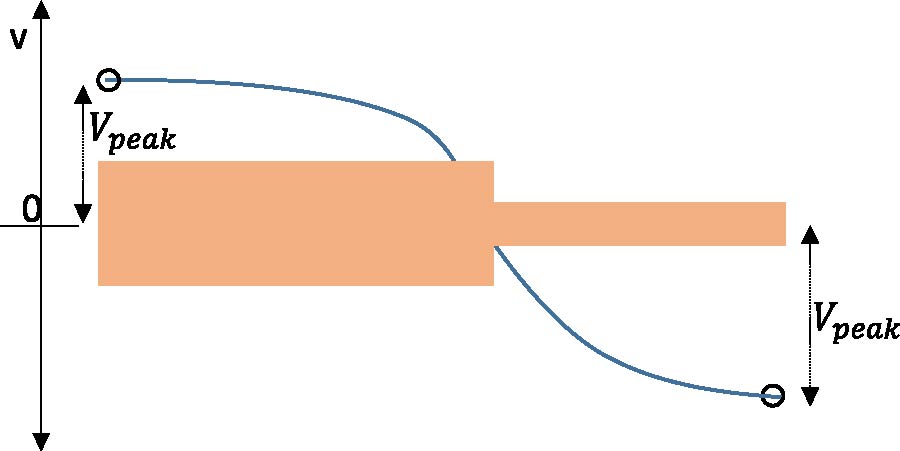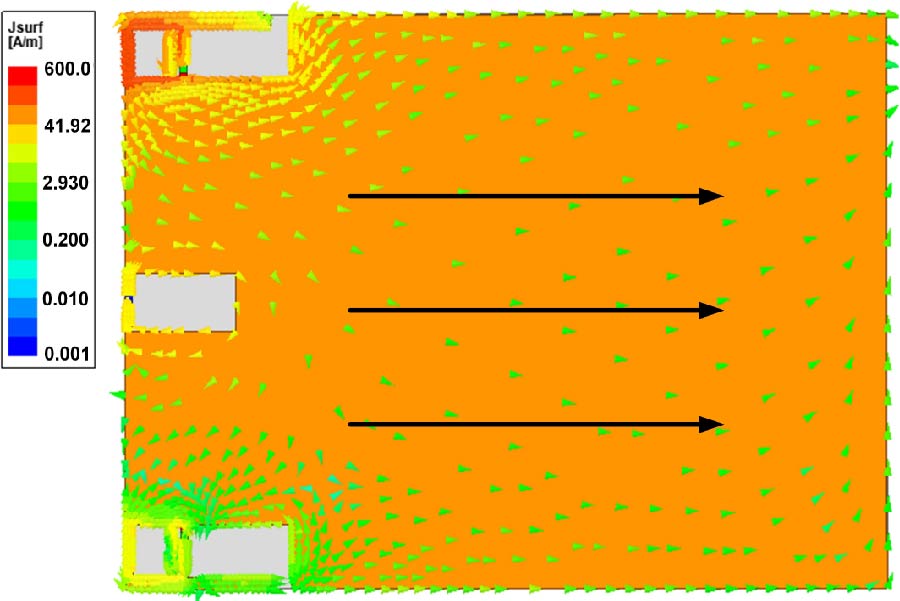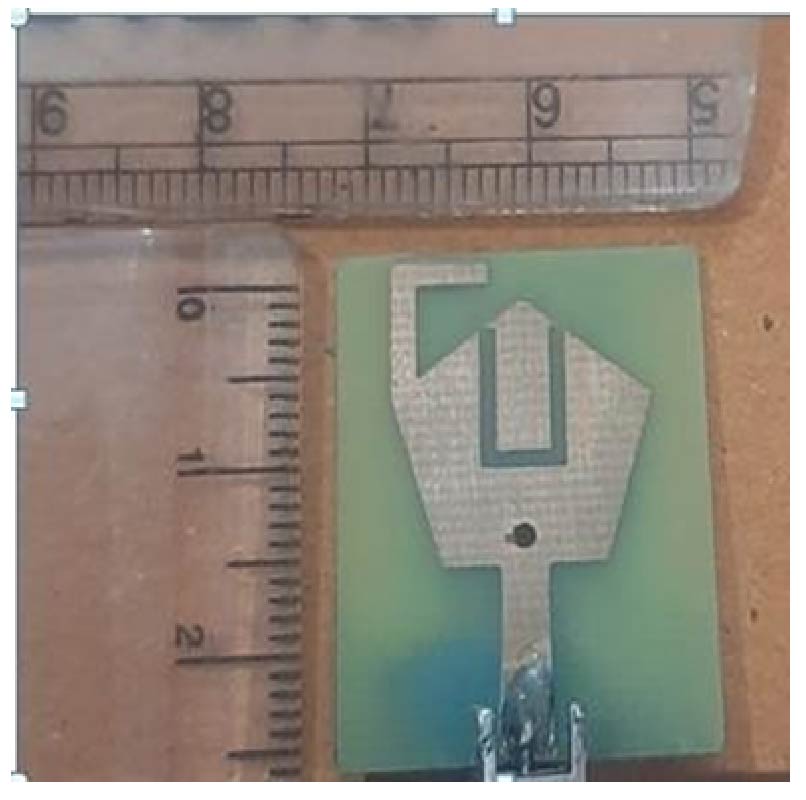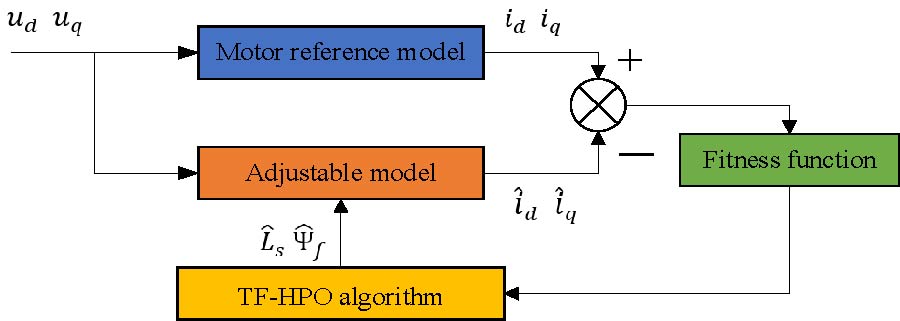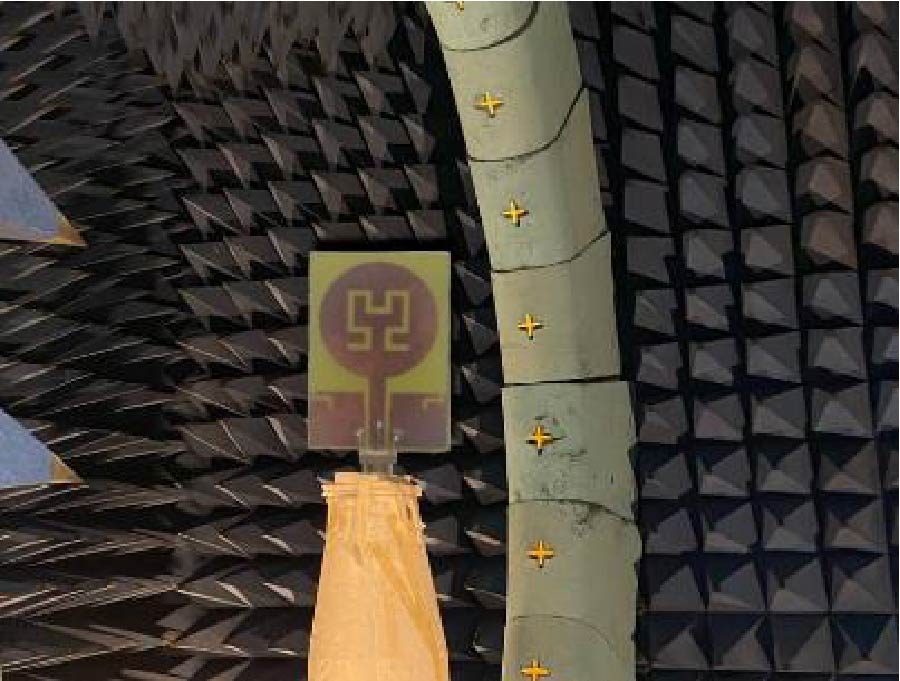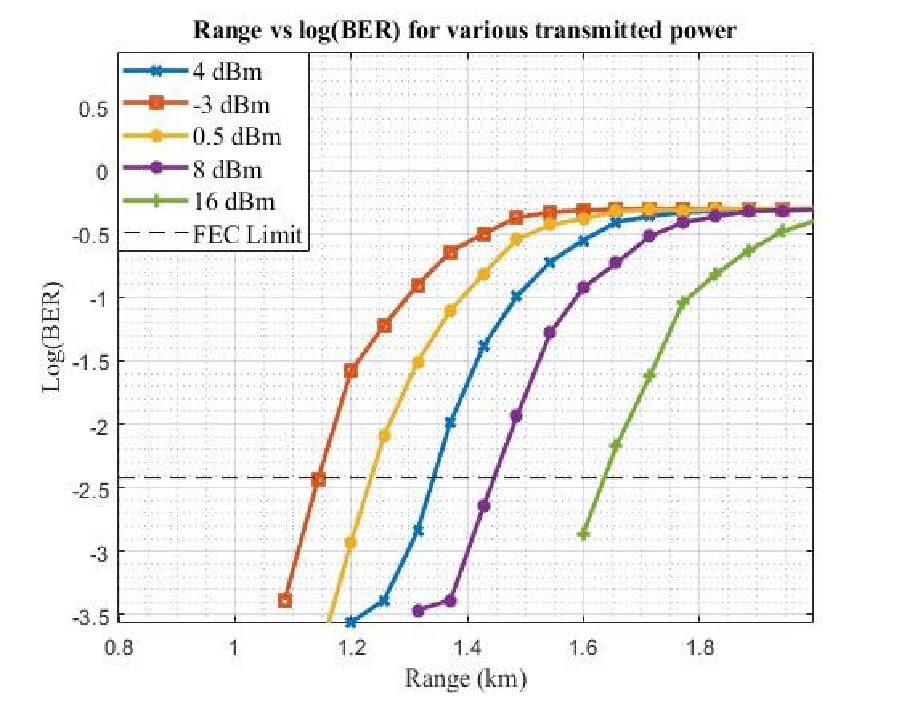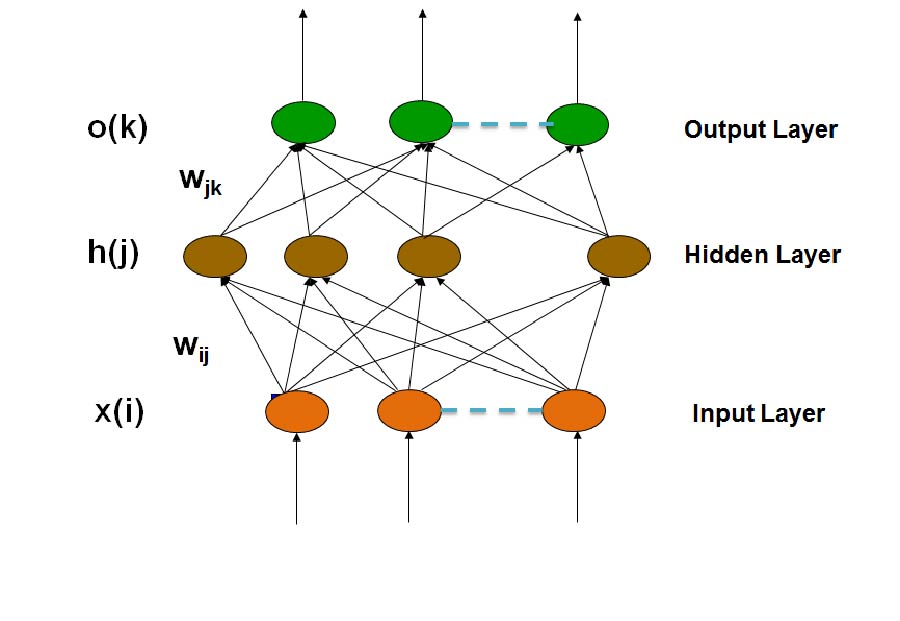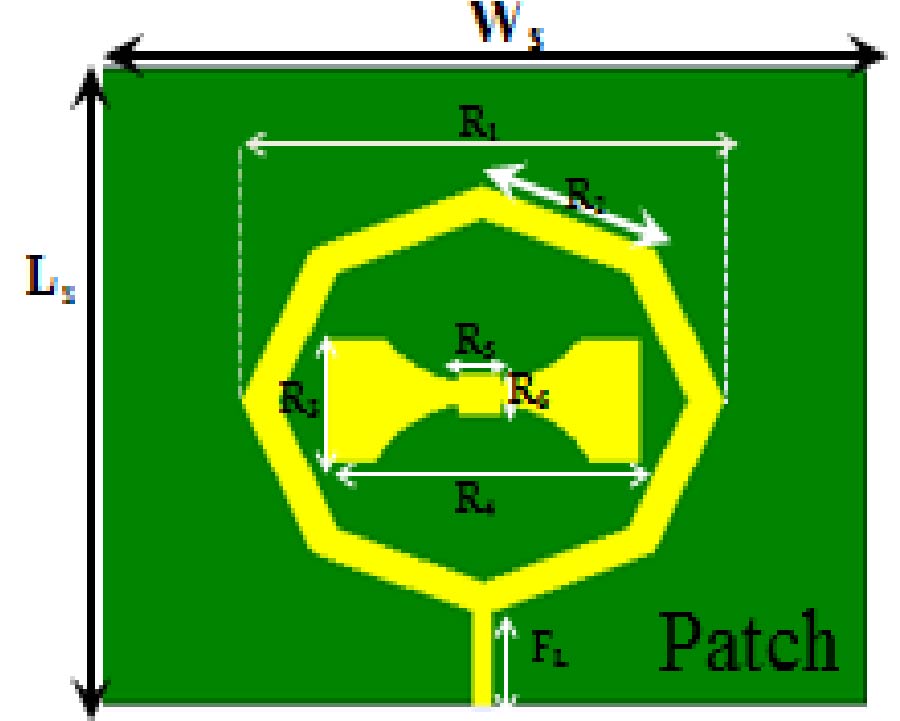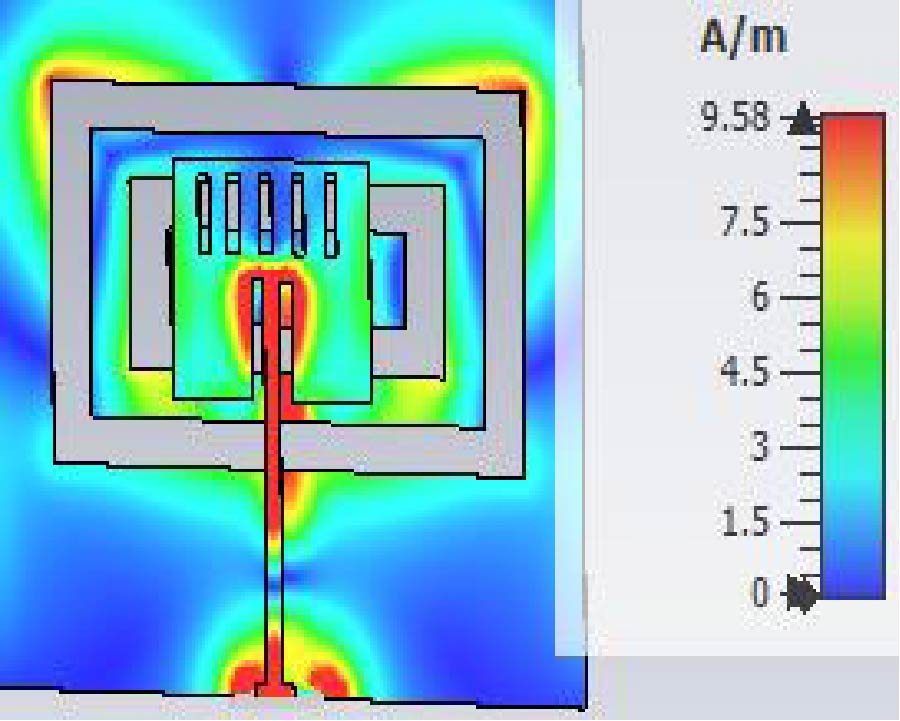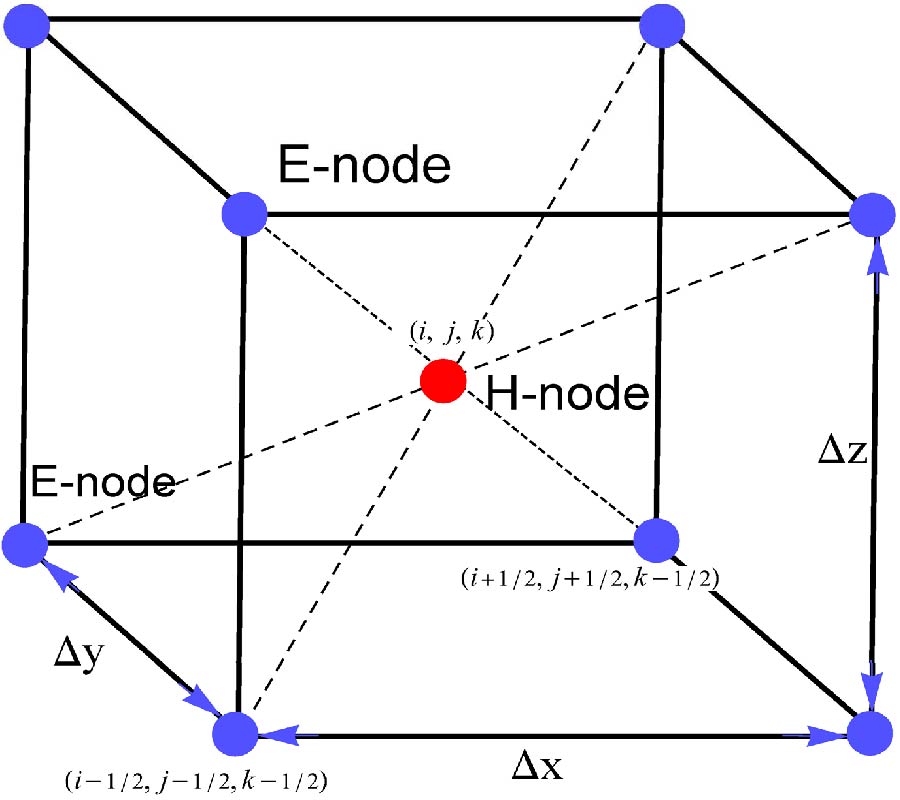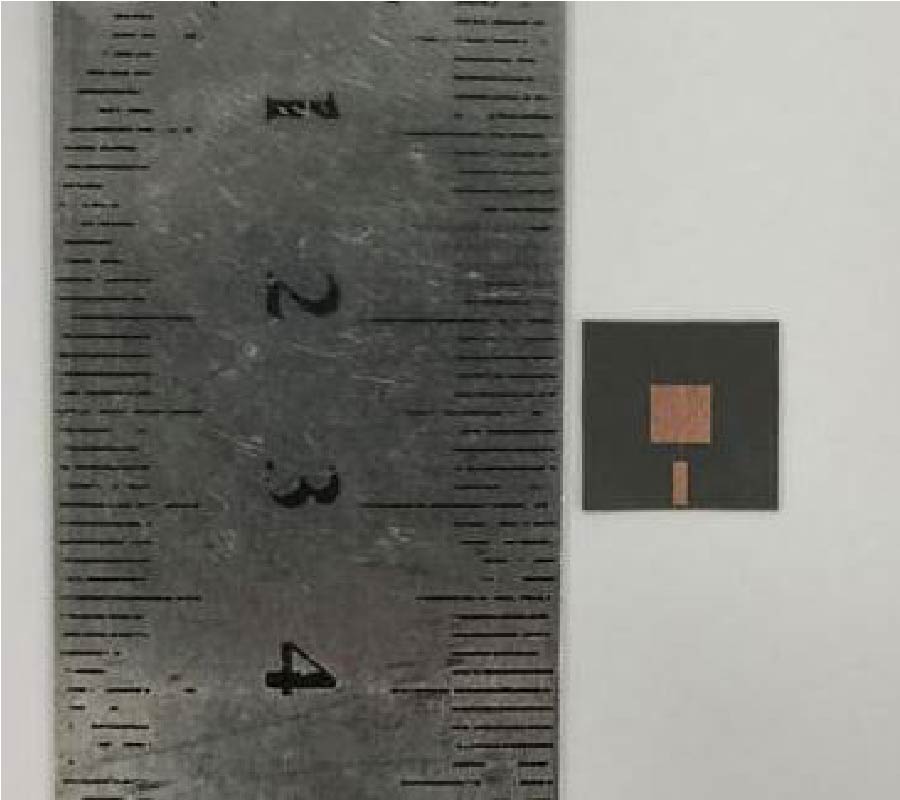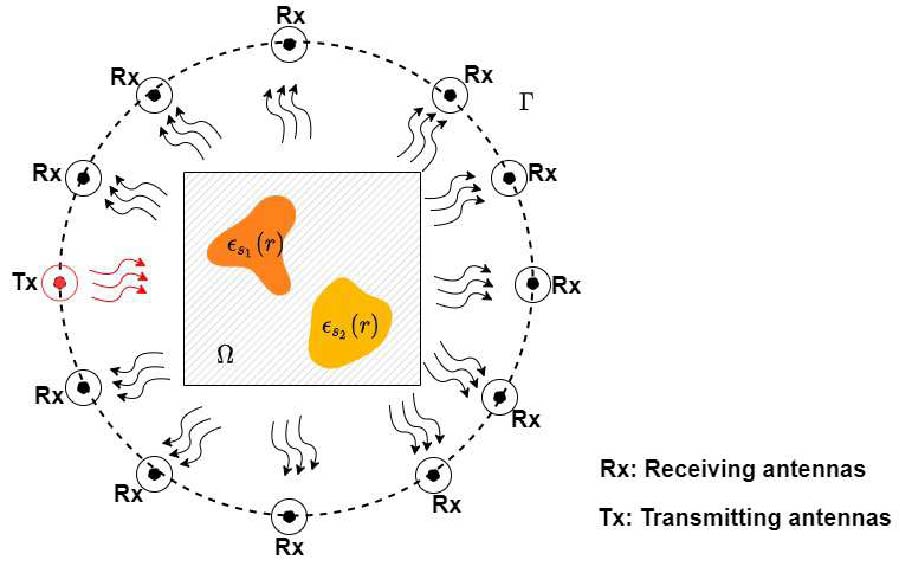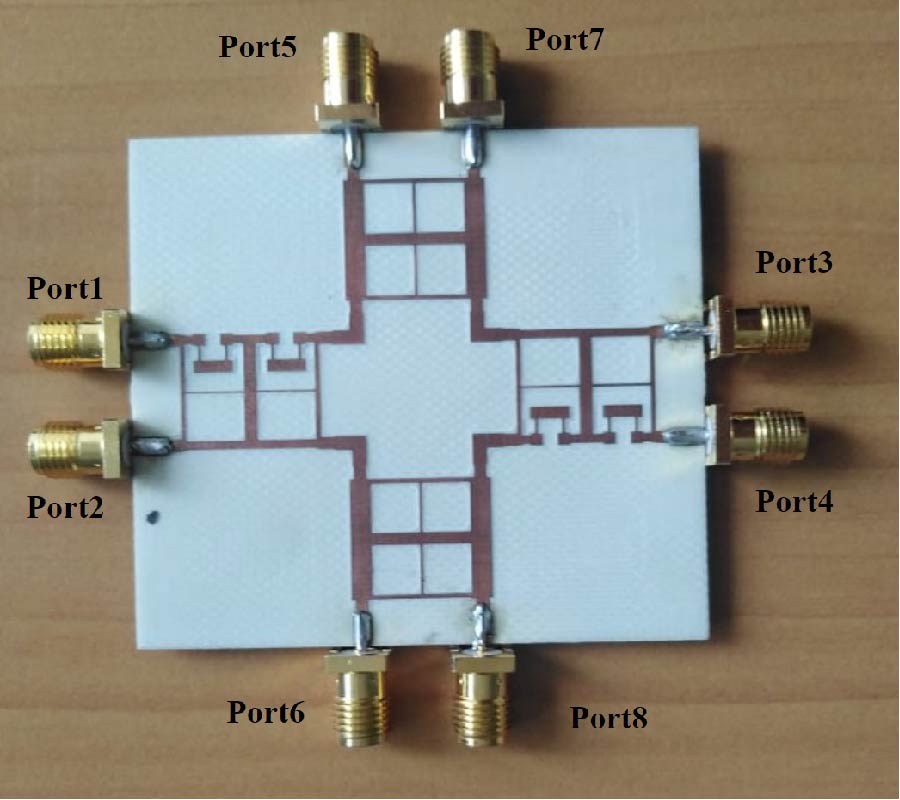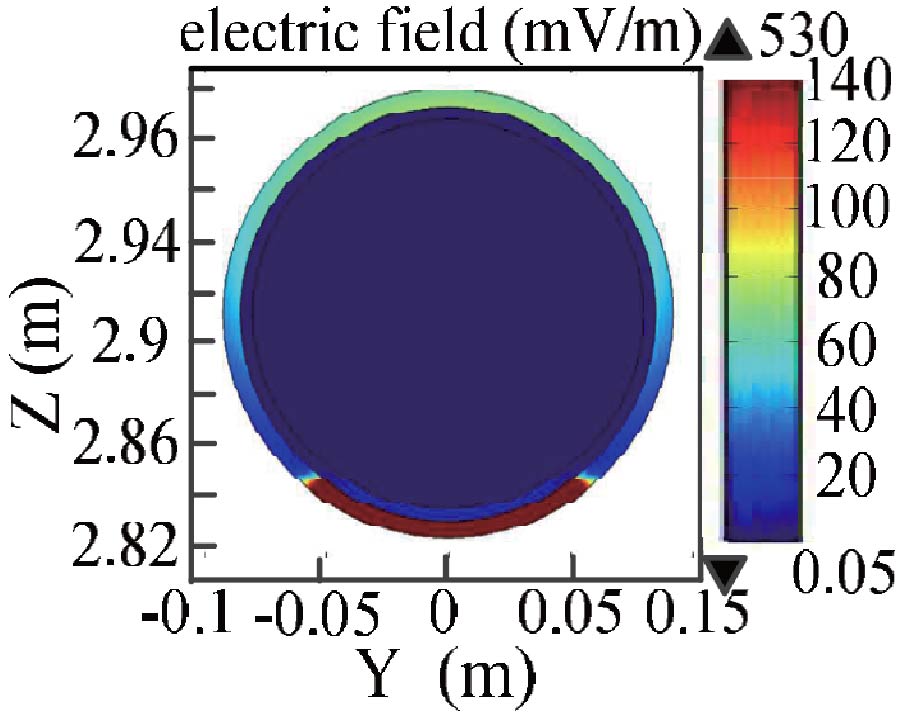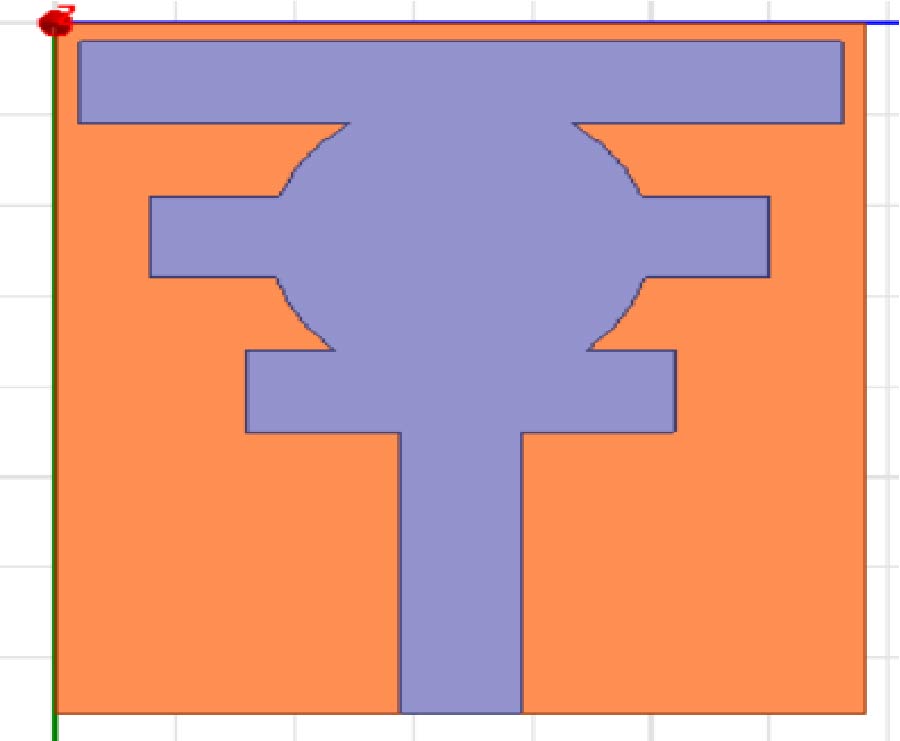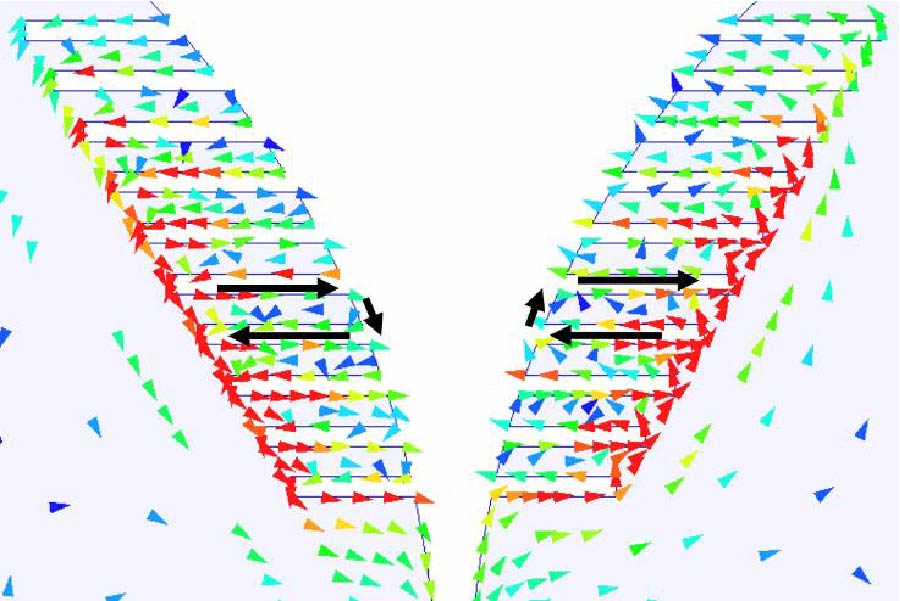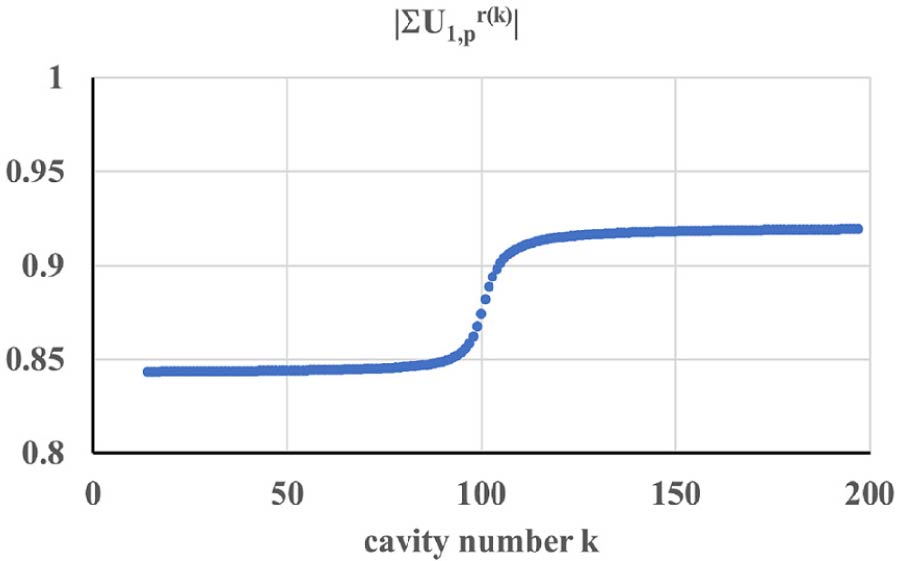A Shape-Based Approach for Recognition of Hidden Objects Using Microwave Radar Imaging System
Akhilendra Pratap Singh
Microwave imaging radar systems are often required for the recognition of hidden objects at various job sites. Most existing imaging methods that these systems employ, such as beamforming, diffraction tomography, and compressed sensing, which operate on synthetic aperture radar, produce highly distorted radar images due to the limitation of the frequency range, size of the array, and attenuation during the propagation, and thereby become hard to interpret the description of the object. Several methods explored for the recognition of hidden objects are based on deep neural network models with millions of parameters and high computational costs that render them unusable in portable devices. Moreover, most methods have been evaluated on datasets of microwave radar images of hidden objects with the same relative permittivity, orientation, size, and position. In real-time scenarios, objects may not have similar relative permittivity, orientation, size, and position. Due to variation in the object's relative permittivity, orientation, size, and position, there will also be variation in the reflectivity. Consequently, it is hard to say if those algorithms will be robust in real-world conditions. This paper presents a novel shape-based approach for recognizing hidden objects which combines delay-and-sum beamforming with an artificial neural network. The merit of this proposed method is its ability to simultaneously recognize and reconstruct the object's actual shape from distorted microwave radar images irrespective of any variation in relative permittivity, orientation, size, and position of hidden object. The performance of the developed technique was tested on a dataset of microwave radar images of various hidden objects having different relative permittivities, sizes, orientations, and positions. The proposed method yielded an average reconstruction rate of 91.6%. The proposed method is appropriate for evaluating occluded objects such as utility infrastructure, assets, and weapons detection and interpretation, which have regular shapes and sizes of the cross-section at various construction, archaeological and forensic sites.
